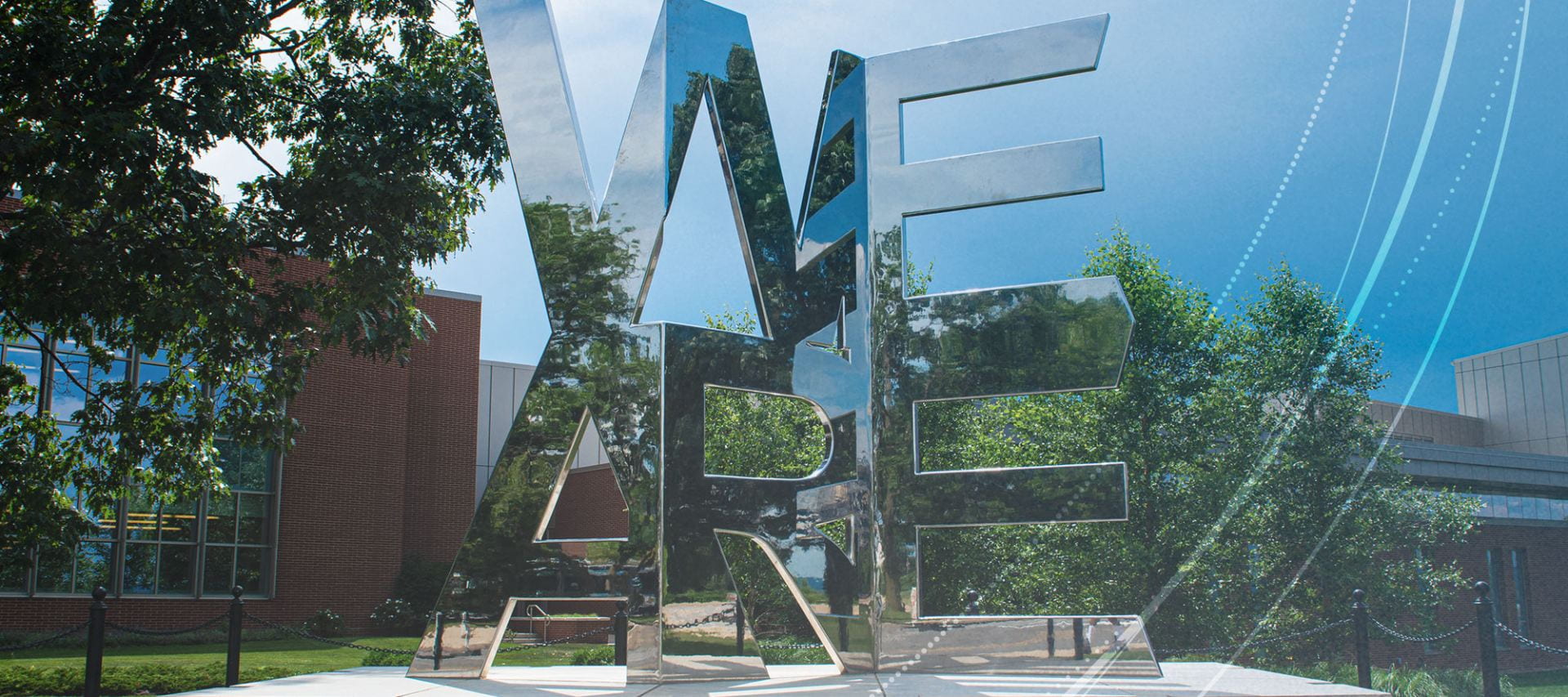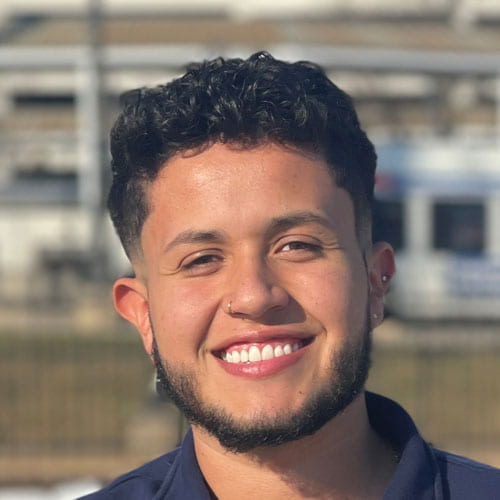
Faces of Philanthropy: Camilo Andrés Rojas Balli
Six years ago, Camilo Andrés Rojas Balli arrived in the U.S. with his family from Bogotá, Colombia, unsure of what the future would hold. Today he is one of the first recipients of support from the University’s Educational Equity Matching Program—and is helping other students from underrepresented communities to find their way to and through the University.

“I didn’t know how I could pay for college, and I didn’t know about scholarships,” remembers Camilo, a Schreyer Scholar who graduated in May with a degree in Civil and Environmental Engineering. Today, with support from donors to the honors college and the College of Engineering, including the Lauryn Mary Sutton Educational Equity Honors Scholarship, Camilo is ready to start a new chapter as an alumnus. Below, he shares thoughts on his college experience and a vision of how Penn State can deepen its commitment to building a diverse, equitable, and inclusive academic community.
What has been your biggest challenge as a Penn State student, and what has been your best experience?
They’re actually related. During my first semester here, I was too focused on academics and research, and I didn’t find a supportive community that understood my experience, a community where I felt comfortable. That changed when I joined organizations like the Society for Hispanic Professional Engineers and became more involved in the Multicultural Engineering Program (MEP). Without a doubt, my best experience has been serving as a program coordinator for the MEP orientation and helping other students to find their own community. When you see people who look like you, you feel like you belong here.
What does it mean to you to be a recipient of one of the first scholarships created through the Educational Equity Matching Program?
It means that there are people who care about the challenges that students like me are facing. Through my Penn State experience, I had been very concerned about tuition payments and living expenses overall. I thought I had to figure it all out on my own, to work harder and more hours to be able to pay for everything and not put so much pressure on my mother’s finances. It makes me happy to know people who were or are experiencing a similar situation will benefit from this scholarship as much as I did.
What should Penn State and Penn Staters do to promote justice and equity?
When Penn State students engage in racist behaviors and attacks that make other students feel uncomfortable and unsafe, it’s not enough to broadcast messages condemning racism. We need more than that. Leaders and alumni must connect on a personal level and develop more awareness of the challenges faced by students, faculty, and staff from underrepresented communities at a predominantly white institution. Listen to our experiences. Support our success. It doesn’t have to take money. Be a mentor, connect us with your companies, spread the word to high school students in your own community about the opportunities and programs that Penn State offers, like MEP orientation and Educational Equity Scholarships.
Why is it important for Penn State to work toward a more diverse and inclusive community?
When people think of Penn State, they think of challenging curriculum, amazing research, and excellent networking opportunities. Imagine Penn State also being recognized for an incredible, diverse body of students. Being celebrated by students from underrepresented groups because of its leading actions toward equity and social justice. Penn State must create a community where every single one of its students feels safe, secure, and supported.